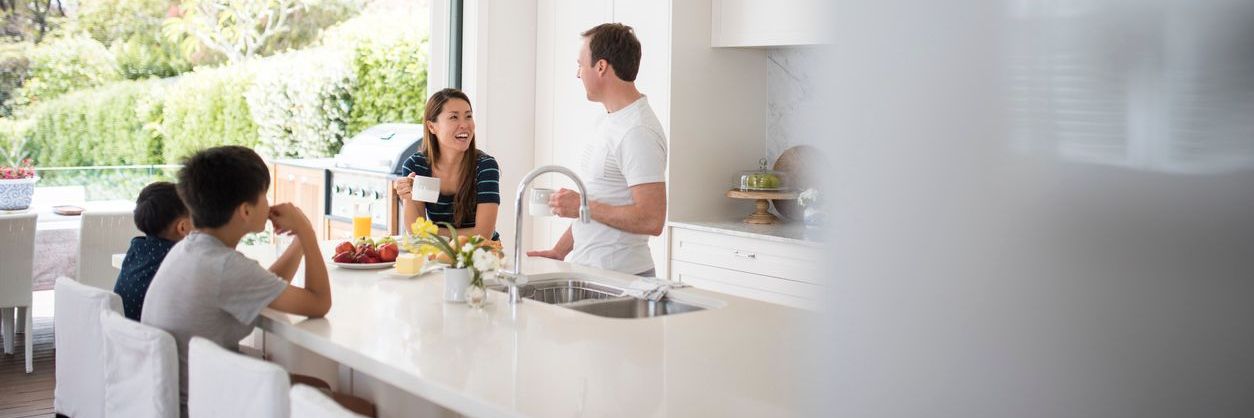
Most of us have been struck down with food poisoning at some stage in our lives and know just how horrible it can be. Every year it’s estimated there are more than 5 million cases of food poisoning in Australia, some so severe they can send us to hospital and cause long-term health issues, particularly for vulnerable populations like kids, pregnant women, the elderly and those with serious health issues.
The way in which we manage our food at every stage can mean the difference between becoming very sick, or not. Food poisoning occurs when bacteria in food has multiplied and developed to dangerous levels, or has been contaminated with harmful bacteria, and when we consume it, can make us very sick. Many foods can look, smell and taste normal, but still may be contaminated with food poisoning bacteria. Some foods and food groups are also more susceptible to bacterial growth.
Clean, separate, cook and chill. These are the four main areas of focus for food safety. Here are the guidelines for managing your food to keep your food, and your family safe:
Clean
Before working with food in any way, washing and drying our hands thoroughly is important to prevent harmful bacteria from transferring onto our food, and repeat again if we go to the toilet, handle raw meat and fish, eggs or produce with dirt still on it, touching an animal or blowing our nose.
To wash your hands, use soap and lather and wash for at least 20 seconds, then rinse both sides of your hands and dry well, as bacteria can be transferred in the moisture of your damp hands.
Separate
Cross-contamination occurs when the bacteria from a food is transferred to another food or surface. This most commonly happens when raw meat or fish is cut on a chopping board and is used again to cut other food. This causes harmful bacteria from the raw meat or fish to transfer to the food prepared on the same board.
A good tip is to have two sets of chopping boards and knife to keep the foods separate – one for raw food, and another for the other food.
Cook
It’s important to cook certain foods properly so that they reach a temperature that reduces the risk of food poisoning. Meat, fish and eggs are of most concern as raw proteins are a high-risk foods that bacteria can grow and multiply on much easier than other foods.
Raw and cooked meat should be cooked through so there is no pink inside and the juices run clear, however food like steak and safely be enjoyed more rare as long as it’s heated through and browned on the outside. Reheat food to 70 degrees quickly, so it’s steaming hot enough to kill off any bacteria.
Chill
Food is considered to be in ‘the danger zone’ when it is between 5 and 60 degrees Celsius because it’s more difficult for harmful bacteria to grow in temperatures outside of this. Food should be stored below 5 degrees Celsius, and heated to above 60 degrees Celsius.
Make sure to place your left overs into the fridge straight away rather than leaving it out to cool down to prevent any bacteria that might have survived the cooking process from multiplying while the food is cooling down. Never leave cooked food out for longer than 2 hours. Left overs can usually be kept safely in the fridge for 2 to 4 days and in the fridge for several months.